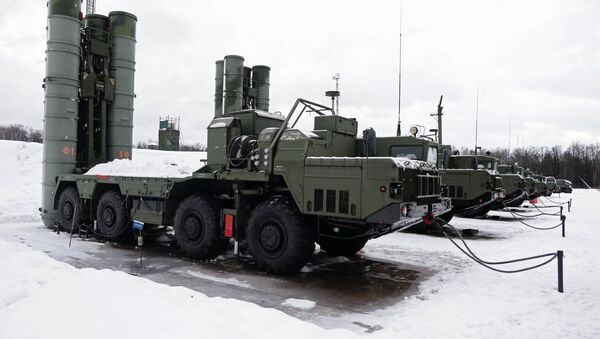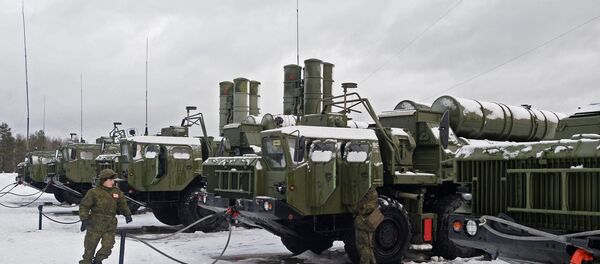“We are working seven days a week because of the S-400 missile systems, a member of the Globus design bureau in Ryazan said last year. The bureau is one of the myriad such bureaus engaged in the design and development of the S-400 missiles built by Almaz-Antei concern.
Another such plant was opened in Kirov in February by Deputy Prime Minister Dmitry Rogozin.
“Since Operation Desert Storm in 1991, people have realized that the main threat to a country’s territorial integrity comes from the sky, Ruslan Pukhov, director of the Center of Strategic Analyses and Technology, told Gazeta.ru.
“This truth was later proved by the bombings of Yugoslavia, the invasion of Iraq and Libya and the same thing would have happened in Syria, if it hadn’t been for the decision to send our warplanes and air-defense system there,” he added.
The current shortage of production facilities to build the S-300 and S-400 missiles partly stems from growing interest on the part of traditional buyers of Russian-made weapons who are pursuing an independent foreign policy, have the money and knowledge of how the future wars will look like.
"China tops the list of S-400 buyers, followed by India and now also by Venezuela, Algeria and Iran,” he added.
New and very surprising clients may eventually be added to this list.
“A few years ago Uganda bought almost a billion dollars’ worth of our Su-30 planes and other weapons. Egypt, which was teetering on the brink of a default, also said it was going to buy a number of S-300 missile systems,” Pukhov said.
Russia’s aerial campaign in Syria made it perfectly clear to many that threat to a country’s sovereignty come from the sky and underscored the crucial role played by air-defense units.
Another reason for foreign interest in the S-400 system is that, unlike its S-300 predecessor, it can also engage ballistic targets.
“It is one thing when you deal with an advanced US ballistic missile, and quite another when it is a less sophisticated one launched by Iran, China or North Korea,” Ruslan Pukhov said.



